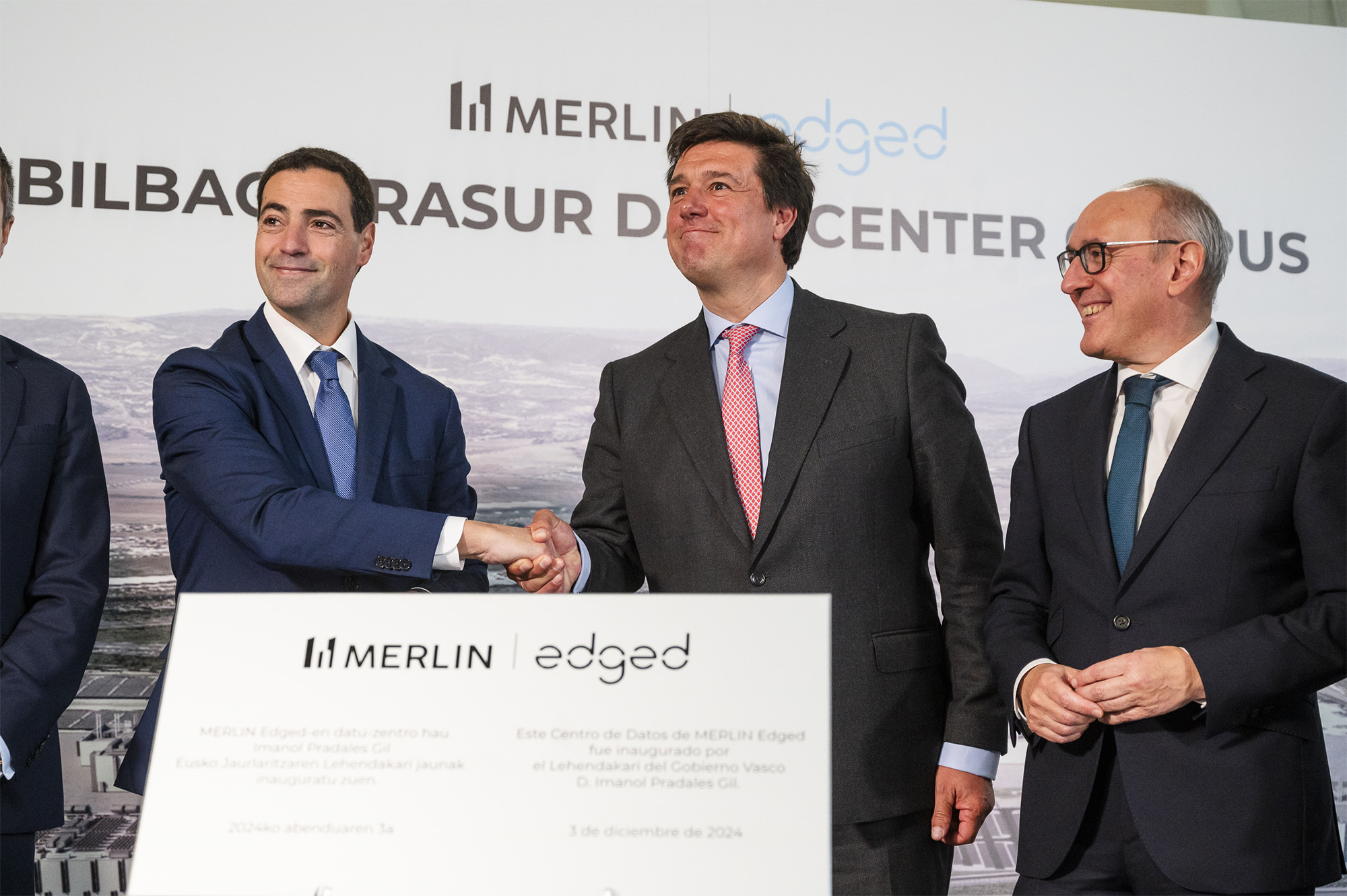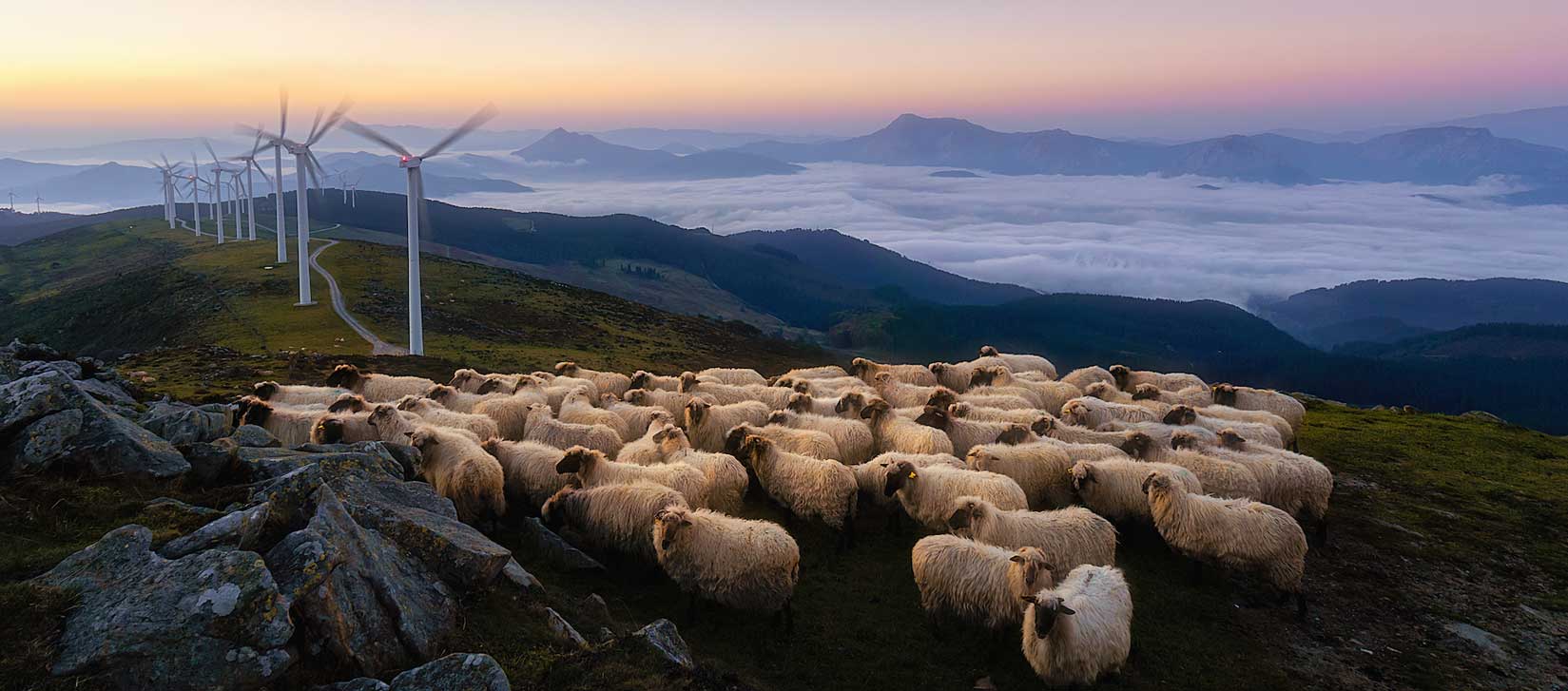Iñaki Arriola notes that to see the works of the TAV completed it will still take a few years
- The Councillor for Transport of the Basque Government has acknowledged that citizenship is "tired and annoying" with the duration of the works. It is promised that the works of the concrete infrastructure of the so-called "Basque Y" will end in 2025, but the entire upper structure and access to the capitals will remain pending.

Iñaki Arriola, Councillor for Transport of the Basque Government, pointed out at a New Economy Forum conference in Bilbao on Wednesday that the work of the TAV is about to end and that the Basque Y is seeing the "end of the tunnel".
The Spanish Secretary of Transport, José Antonio Santano, sent the same message in the same forum: It undertakes to complete the sections of Araba, Bizkaia and Gipuzkoa in the first half of 2025.
But following these statements, the deadlines and work for the full implementation of the APR have become noticeable in his speeches, and Arriola himself has acknowledged that there are still some "years" left to see the finished works.
Eusko Trenbide Sarea publishes the TAV road map indicating that of the 44 sections in which infrastructure works have been distributed there are still 12 in works and only four in projects.
Works must "run"
Within a year and a half what they expect is the concrete infrastructure and the tunnels. However, there are still several rounds to be rounded up. In Gipuzkoa, for example, work is under way on the Hernani-Astigarraga section.
Euskal Trenbide Sarea's latest quarterly report on the state of Basque Y works, dated December 31, 2023, includes a map of the TAV route indicating that of the 44 sections in which the infrastructure has been divided, 12 are still in works and another four are in project.

The biggest delay is in the so-called "link" of Bergara, which pierces with tunnels Mount Udalaitz and its surroundings, since in some sections only half has been executed.
Thus, El Diario Vasco, in a large report published the day after Arriola's intervention, points out that "the sources who know the project" must "run" to meet the deadline granted by Santano.
Everything else is missing
Subsequently, the Ministry of Transport and Infrastructure of the Government of Spain must put all the existing infrastructure. Rails, signalling, electrification, safety elements, etc.
Almost twenty years have passed since the beginning of the works of the TAV, and the revision of the initial works is not ruled out. There is a background: some years ago adaptations had to be made in tunnels
Almost twenty years have passed since the beginning of the works of the TAV, and the revision of the initial works is not ruled out. There is a background: a few years ago tunnels had to be adapted, emergency routes put in place and European Union regulations complied with, which meant an increase in the invoice of EUR 52 million.
One-third of the budget to be implemented
Santano explained that up to now EUR 4 billion has been spent on macro-infrastructure, but another EUR 2 billion will be spent on access to capital, that is, only 66% of the budget is implemented.
On the contrary, the UPV/EHU Ekopol research group considers that the expenditure could reach EUR 10 billion and that the Basque Y will not have a minimum number of passengers to be profitable, nor will it take goods off the roads.
Neither access nor connection to capital
At the moment they have started with access to San Sebastian, but the one in Bilbao and the one in Vitoria still look very far, they will surely have to wait for the next decade, at least until 2033.

Therefore, if the "Basque Y" is launched in a few years' time, it will be with temporary stations and without connection with Burgos, Navarra and the Northern Basque Country. In the case of Navarra it has not yet been decided where the connection will be, while in the Northern Basque Country the year 2042 is the last of the years in which the leap has taken place, but the pleas and elected positions have shown great doubts.
If in a few years the TAV is launched, it will be with temporary stations and without connection to Burgos, Navarra or the Northern Basque Country
Mobilisations for the social train
In the meantime, as in the last thirty years, many citizens are still mobilizing against the immense infrastructure and claiming the alternative to the social train.
On 20 April a demonstration will be held in Altsasu / Alsasua and from 22 to 25 February a few days will be held by the Public and Social Train in several locations in Sakana, Llanada Alavesa and Goierri.
Two years ago Urdaibai Guggenheim Stop! Since the creation of the popular platform, Urdaibai is not for sale! We hear the chorus everywhere. On 19 October we met thousands of people in Gernika to reject this project and, in my opinion, there are three main reasons for opposing... [+]
Environmental activist Mikel Álvarez has produced an exhaustive critical report on the wind macro-power plants that Repsol and Endesa intend to build in the vicinity of Arano and Hernani of the region. In his opinion, this is "the largest infrastructure of this kind that is... [+]




















